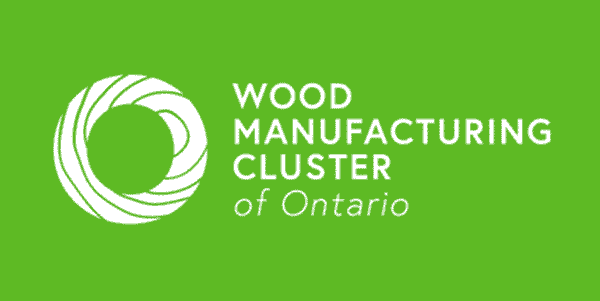Cluster organizations are the centre of cluster development in practice

In Working Paper 26, Clusters in Ontario, the Institute advocated for a bottom-up (i.e., firm-led) approach to cluster development. However, what does this look like on the ground? Who takes charge of this work? The answer: cluster organizations. We look at three examples of these organizations based in Ontario and explain how organizations like these will foster the growth the province’s clusters need.
What is a cluster organization?
A cluster organization focuses on developing cluster initiatives to achieve objectives such as building a cluster identity, strategy and branding, promoting innovation and R&D projects, as well as networking between cluster actors.
In Europe, where cluster growth and development is more mature, there are over 1,400 of these organizations according to the European Cluster Observatory. On average, most cluster organizations are small, with three or fewer employees, and are supported by government funding (usually 60 percent) and private contributions. Government is a financial supporter, but not a creator or governor of such organizations.
The cluster manager
Central to the cluster organization is the cluster manager. In fact, in the absence of a formal cluster organization, cluster managers working within businesses, governments, or industry associations can drive the success of cluster initiatives. Often their titles are Process Leader or Sector Development Manager. Cluster managers who have extensive private sector experience, a strong network, and respect amongst actors are more likely to produce favourable innovation and growth performance of cluster initiatives.[1] Cluster managers act as a conduit to foster interactions, which are key to producing the knowledge spillovers and trust that cluster actors require to foster innovation.
Cluster organizations in Ontario
Cluster organizations and cluster managers come in all shapes and sizes, and in some cases, industry associations and incubators act as a form of cluster organization, bringing together actors for mutual support and pooling resources to achieve the objectives of branding and growth.
In Ontario, TO Health! aims to raise the profile of the Toronto Human Health and Sciences cluster. This cluster not only focuses on creating well-paying jobs and wealth, but also on improving healthcare provision and patient outcomes through technology and innovation. The creation of TO Health! helps overcome a major challenge of the health care cluster: defining its boundaries. By expanding Michael Porter’s traditional definition of the health cluster, key stakeholders who bring health innovations to market and who contribute significantly to the region’s economy are captured. This includes cluster actors from pharmaceutical companies, medical equipment companies, labs, government, industry associations, and health care delivery organizations. Its goal is to be recognized amongst the top five global health cluster within ten years. This ambitious goal can only be achieved by bringing the various cluster actors together, and then expanding the pool of specialized risk capital, attracting and retaining executive level talent, and as a result, attracting anchor companies to stay in the region. While firms, venture capitalists, and talent must ultimately do this work, organizations like TO Health! can help bring the right actors together.
A lesser known but equally excellent example is the Bluewater Wood Alliance with 100 members who make up the advanced wood manufacturing sector in Ontario. The Alliance offers its members both in-person services (i.e., networking nights) and an intranet portal to allow for collaboration and accessing of information. They also provide regular training and skills development sessions and work with the government on export initiatives and potential public funding. These initiatives are unlike an industry association because they strive to bring companies together to help drive the competitiveness of the overall cluster instead of lobbying.
Another example in technology is Communitech in Waterloo, which was created to help tech companies grow. Communitech is often seen as more of an incubator, but its values remain true to a cluster organization: supporting and fostering collaboration amongst its community of nearly 1,000 tech companies. Communitech offers initiatives ranging from mentorship opportunities to connections with partners addressing all aspects of business growth (e.g., lawyers, insurance, and venture capitalists). It also provides a space for corporations to create innovation labs to quickly test and scale solutions to business problems. While businesses across all industries need access to capital, resources, and talent, this Corporate Innovation Program is a great example of how a cluster organization creates programming as a response to the tech cluster’s needs.
These are three examples of the cluster organizations that exist in Ontario. There are many more. These organizations, like clusters, are created naturally as a cluster grows. They are often overlooked when examining a cluster, perhaps because the efforts of cluster managers and cluster organizations may often appear miniscule at first. But over time, and when they occur across the various clusters, cluster organizations become the heart of fostering the growth needed by the province’s clusters.
For more information on cluster development in practice, please consult the Cluster Development Handbook by Cluster Navigators Limited. The Institute is not affiliated with these three cluster organizations and is simply identifying them by way of example. We do not endorse any particular cluster organization.
Written by Dorinda So
[1] Lindqvist, Goran, Christian Ketels, and Örjan Sölvell. 2013. The Cluster Initiative Greenbook 2.0.







Comments are closed.